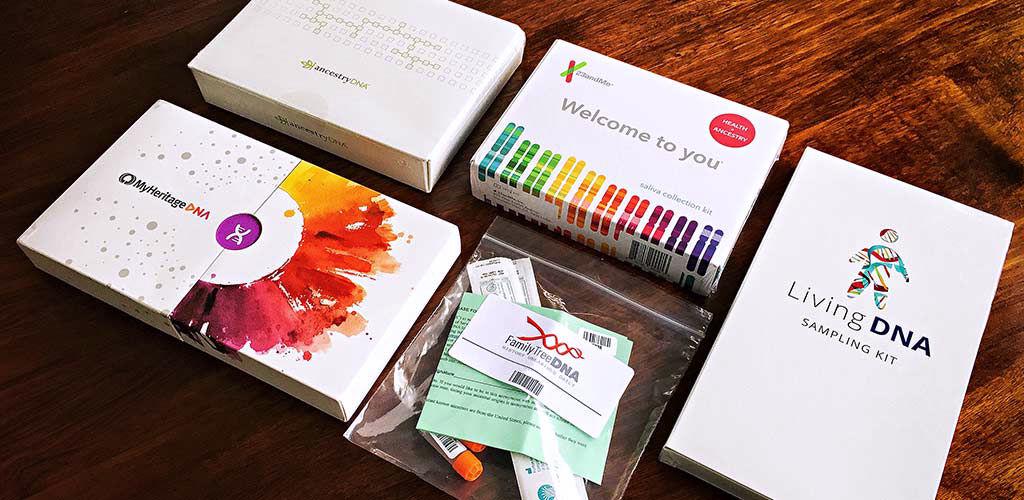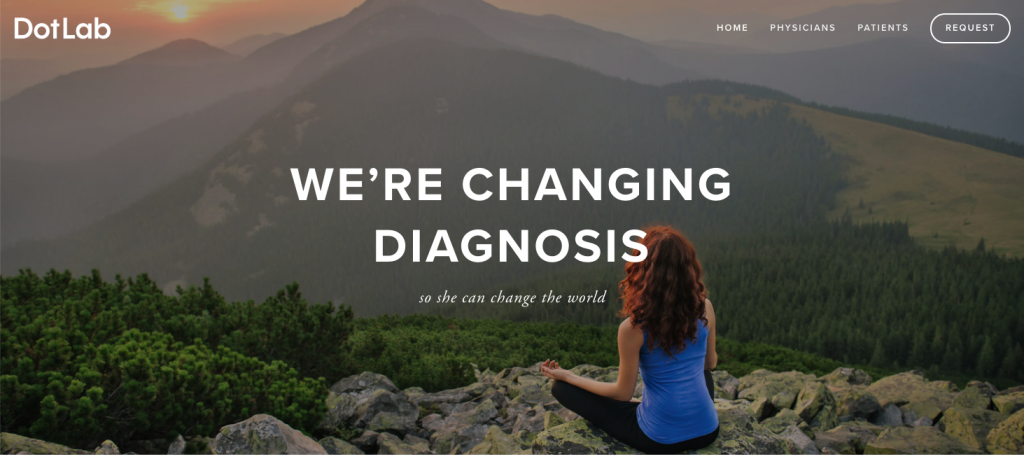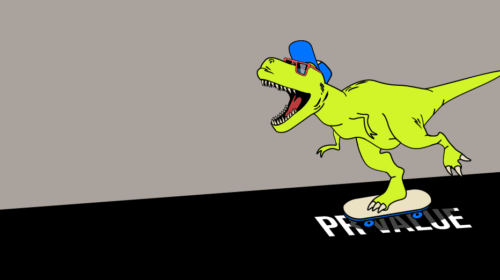
image via SmarterHobby
Self before all: Tools for Self-Health
Gone are the days of relying on WebMD and paranoia resulting from a self-assessed prognosis. Individuals are now more proactive in discovering what the true warning signs of each ache and creak are all about. The rise in popularity of home DNA testing like 23andMe, Genelife and MyHeritage, are proof that people are becoming more curious about what ailments their bodies are predisposed to, and in turn nipping these in the bud.
image via DotLab
In late 2017, DotLab introduced the first home-testing kit for diagnosing endometriosis, a disease which previously took years to be discovered and afflicts as many as 1 out of 10 women globally. These at-home tests put power in the hands of the average person, providing immediate peace of mind while at the same time allowing hospitals to save on scarce resources for more dire situations.
Whilst cost and availability are understandably crucial factors, it is no doubt that we will be seeing health tech companies rising to fill this demand.
The Power of Virtual Therapies
When Virtual Reality (VR) started to gain precedence in the late 2000s, the obvious potential in healthcare was far and wide reaching. It’s immersive nature allowed doctors to practice performing difficult and meticulous surgeries before working on real patients. This granted trainee medical doctors much more hands-on and accessible experience before performing procedures on their patients.
On a psychological level, VR has great therapeutic capabilities as well. Brazil’s network of health clinics, Hermes Pardini, launched its VR Vacina program in 2017. The innovation reduces a child’s discomfort while receiving a vaccination by bringing them into a virtual reality world where the medical doctor is a friendly cartoon injecting “special powers” into a child’s arm. This technology could provide comfort to many adults as well. Perhaps, next time when we’re at the dentist, instead of staring into the stark white light of a medical lamp, we’re on a VR beach vacation in the Bahamas sipping a piña colada.
As improvements in the latency, resolution and accessibility of VR continue to be made, we expect to see its rise in domestic and professional healthcare settings alike.
Preventative Nutrition
As they say prevention is better than cure, and there is no better time to understand that than now. With the increase in cheap nutrition-low food, lifestyle-related diseases like obesity and Type 2 diabetes are on the rise. Medical professionals are finding it more important to educate patients on the importance of healthy food as an illness prevention.
Similar to the rise in proactive diagnoses, individuals are now the captains of their own wellbeing. The Silver Avenue Family Health Center in San Francisco started a new concept of “Food Pharmacies” where individuals can get “prescriptions” for food and vegetables and are given information on how to prepare healthy meals at home. As consumers gain more knowledge about food and apply this newfound know-how in their daily lifestyles, they will be increasingly able to connect healthy actions to an eventual positive impact on their bodies.
All of these forces are shaping brands in the health and wellbeing space. In addition to new innovation and technologies, consumers are now empowered with the increase and speed in acquiring knowledge as well as accessibility.
—
Get in touch with us to find out how LEWIS can help you bank on these trends. Contact us at [email protected]




